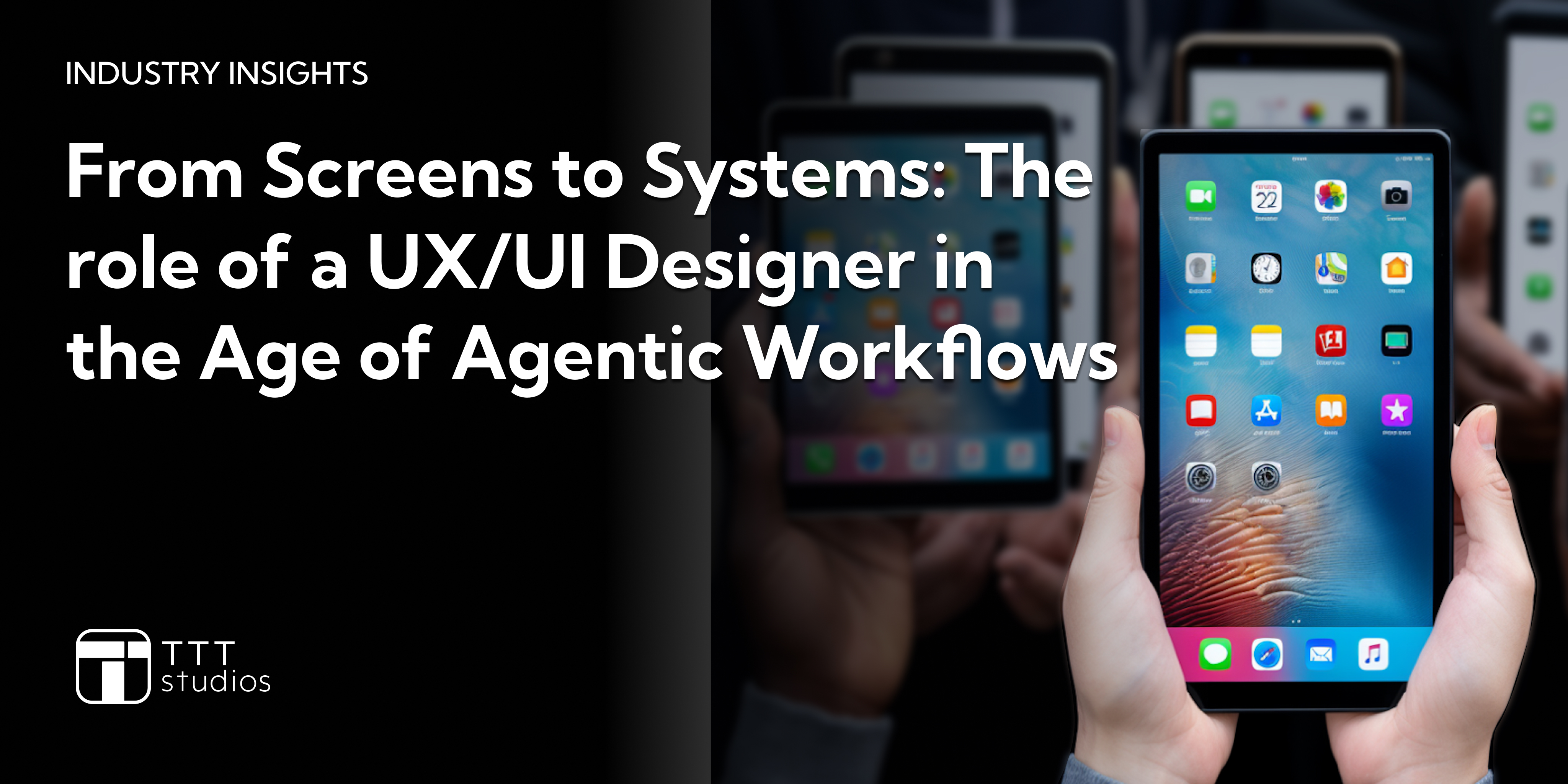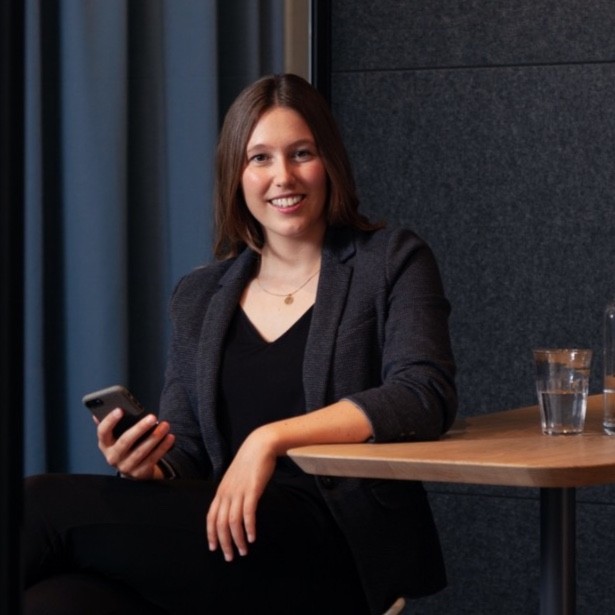For years, UX design was judged by how polished a screen was. Could users complete a task in our prototype? Did the interface feel smooth and intuitive? When developing custom software, that often meant building full-scale platforms from the ground up, such as insurance portals, medical dashboards, and logistics tools. My days revolved around Figma: wireframes, prototypes, design systems. The computer screen was the center of my work.
But things are changing. Instead of pouring hours into reinventing the wheel with sprawling platforms, companies are seeking something leaner and smarter. At TTT, we’ve seen this firsthand as clients shift from requesting new platforms to asking for smarter workflows that extend the tools they already rely on.
This shift reframes what it means to do UX and highlights the skills that matter most. Figma mockups still have their place, but they’re no longer the priority. What matters is seeing the world as users live it: the bottlenecks, the duplicate clicks, the endless copy-paste. The focus of UX shifts towards understanding real work and designing outcomes, not just interfaces.
The New UX Skillset
The role of UX is moving upstream. As software and product development pivot from screens to systems, success is no longer defined by the polish of a wireframe or UI mockup, but by how well designers uncover friction, connect workflows, and demonstrate real impact. This demands a new focus for UX practitioners, one that goes beyond pixels and into outcomes.
- More focus on observing users in their real workflows, less focus on perfecting pixels in Figma.
- More focus on listening, shadowing, and mapping pain points, less focus on creating the perfect color scheme for a dashboard.
- More focus on flows that span humans, agents, and systems, less focus on producing endless wireframes that never leave the design file.
- More focus on understanding data quality, trust, and bias, less focus on surface-level usability tests of a static screen.
- More focus on facilitating workshops that align stakeholders on what’s worth automating, less focus on debating button placement.
- More focus on collaborating with developers to brainstorm which automations are actually feasible, less focus on handing over spec sheets and policing design systems.
And so on and so on. You get the idea.
The common thread: UX in the agentic era isn’t drifting away from people; it's pulling us closer to how they actually work, so we can design solutions that make a tangible difference.
From Screens to Systems
Visual design craft still matters. Interfaces must remain clear, accessible, and trustworthy, especially when an agent is making decisions on someone’s behalf. But polish is no longer where the value begins. The real impact starts much earlier: in how deeply you understand the user’s world and how seamlessly you connect the dots between their systems.
That’s why clients today respond less to high-fidelity mockups and more to working prototypes that prove impact: “This automation just saved my staff two hours per day.” At that moment, it’s no longer just design, it’s measurable business value, delivered in weeks rather than the months typical of traditional software development.
The Future Role of UX Designers
As software shifts from screens to systems, UX designers are evolving into orchestrators of outcomes. Our value now lies in connecting human goals, agent capabilities, and business needs rooted in close observation of how people actually work.
And that’s the exciting part: in the agentic era, UX isn’t moving away from people. It’s pulling us closer to their workflows, frustrations, and hidden shortcuts so we can design solutions that truly make their day easier.
The spotlight is no longer just on pixels, but on the logic of the solution itself. Which raises a question: maybe it’s time our title evolved too, from UX/UI Designer focused on screens, to Solution Designer focused on systems.













